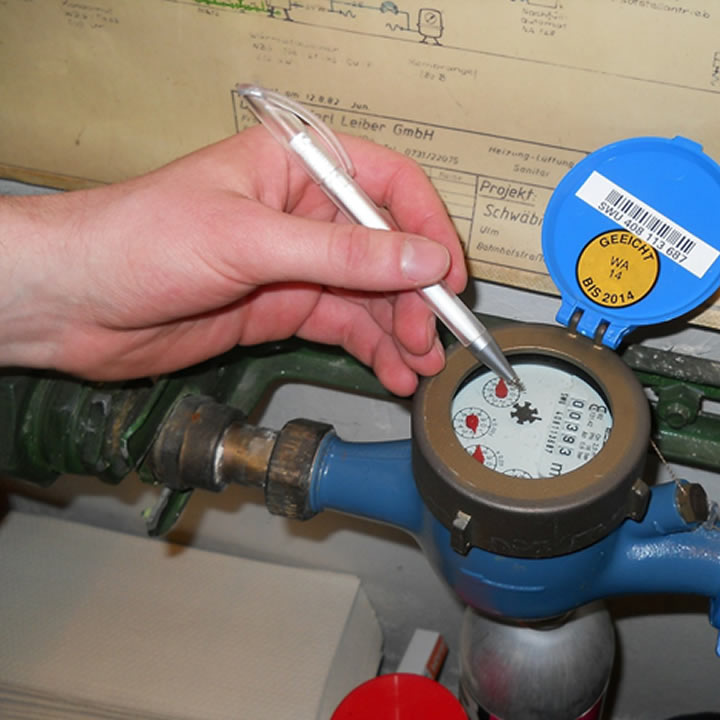In chemical processing, flow measurement is an essential aspect. Maintaining compliance with regulations and the performance of operations rely upon precise data on flow measurement.
Additionally, a greater significance or prominence on sustainability is steering more manufacturers to carefully monitor the consumption of byproducts and resources produced in the process. Moreover, in some cases, custody transfer is another critical concern, with rising energy costs stimulating the need for better fiscal metering of valuable products.
In this post, we’ll walk you through the critical criteria in picking a flow meter technology for your application. Read on!
Generally Known Options
The following are the most commonly used flow meters, as well as their pros and cons:
- Electromagnetic Flow Meter. This flow meter type uses Faraday’s law of electromagnetic induction, wherein a voltage is produced or generated when a conductor goes through a magnetic field.
The conductor here is the liquid, with energized coils outside the pipe or vessel forming the magnetic field. The generated voltage is relative to the flow rate. Electromagnetic meters measure any conductive slurry or fluid, plus wastewater and process water.
This technology provides excellent repeatability, large turndown ratio, high accuracy, and low-pressure drop. An electromagnetic flow meter has no flow obstructions or moving parts and is relatively unaffected by pressure, temperature, and viscosity when correctly known. In larger sizes, this flow meter type tends to be heavy and might be costly for some purposes.
- Coriolis Flow Meter. This flow meter technology has a vibrating tube wherein a fluid flow creates changes in amplitude, phase shift, and frequency. The device’s circuitry then transfigures this signal into a reading that’s relative to the mass flow rate.
One of the best features of this flow meter is its capability to directly gauge fluid mass with high-accuracy over an extensive range of temperatures. The unobstructed open-flow design of a Coriolis flow meter is appropriate for slurry non-conductive fluids that are challenging to measure with other meters.
Coriolis meters, without internal moving parts, needs hardly any attention once installed. But this technology is often considered too unwieldy, expensive, and sophisticated for particular applications.
- Turbine Flow Meter. This flow meter technology has a suspended rotor, without restrictions, whose blades spin at a rate relative to flow velocity. A transmitter or sensor detects the rotor’s rotational rate.
The faster the fluid moves, the more pulse signals are generated. Then, the sensor processes the pulses to find out if the fluid’s flow moves in either reverse or forward direction. A turbine flow meter incorporates a time-tested measuring basis, and are known for repeatable measurements, wide turndown, and high-accuracy.
This technology generates a high-quality pulse-rate signal relative to the velocity of the fluid. Thus, the volumetric flow rate. This type of flow meter can only measure clean fluids. The common drawback of turbine meters is bearing wear. And because this meter is a mechanical one, it needs periodic service and re-calibration.
- Vortex Flow Meter. This flow meter technology leverages the Kármán effect principle, wherein flow will alternately create vortices when traversing through a bluff body. Flow velocity is relative to the vortices’ frequency.
And the flow rate is computed by getting the product of flow’s velocity and the pipe’s area. A vortex flow meter has no moving components that are susceptible to wear. Hence, they don’t need periodic maintenance.
Moreover, vortex meters can only gauge clean liquids, and this technology is especially suitable for measuring gas emissions from wastewater. However, these meters might present pressure drops because of blockages in the flow path.
You can find these devices online, for example, flow meters from smartmeasurement. Before buying, make sure to know the details and specifications of your desired meter to guarantee its performance.
Factors In Flow Meter Selection
Accuracy, flow range, flow-profile, fluid characteristics requirements are all quintessential considerations in getting the correct flow meter for a certain measurement task. In addition, output-connectivity options and mechanical restrictions are additional considerations that might influence your choice.
The following are the key factors to keep in mind when picking a flow meter technology:
- Type of Measurement. Do you need a volumetric or mass flow measurement? Although volumetric measurements can be converted into mass readings provided with a precise density, volumetric flow meters such as turbine and variable-area meters cannot differentiate pressure changes or density changes.
- Desired Accuracy. The contrast between off- and on-specification products usually relies upon the accuracy of the flow meter. It’s shown in percentage of full scale, calibrated span, or actual reading. Typically, it’s specified at maximum, normal, and minimum flow rates. You should understand or know these things to get a flow meter with adequate performance.
- Flow Rate Information. In flow meter selection, you must determine if totalized or continuous flow rate information is required. A usual continuous flow measurement system has a totalizer, flow recorder, transmitter, flow sensor, and a primary flow device.
- Fluid Characteristics. You should choose a flow meter that’s compatible with the operating and fluid conditions. A lot of industries deal with corrosive or abrasive fluids that might move under reverse-flow, swirling, pulsating, or aerated conditions. Coarse and thick materials can damage or clog internal components of the meter, impeding accuracy. Thus, resulting in frequent repair and downtime.
Takeaway
Picking the correct flow meter technology can undoubtedly affect business and operational performance. Thus, equip yourself with essential techniques about flow measurement and available flow meter options. Know how they work, what are their characteristics, and how they’re applied and you’ll be sure to positively affect operations.

